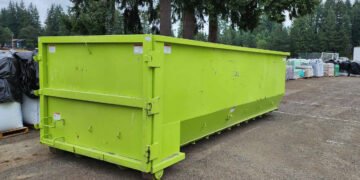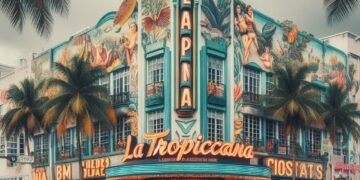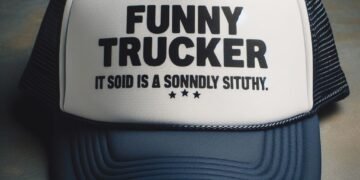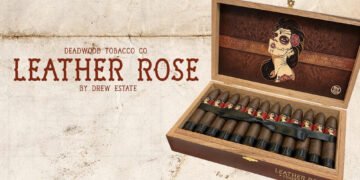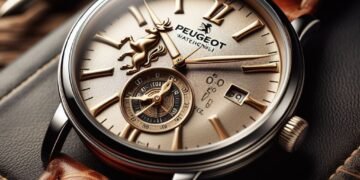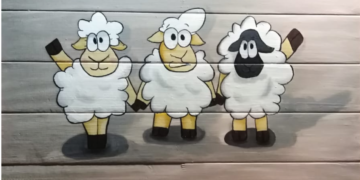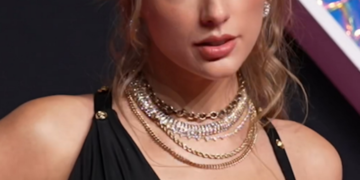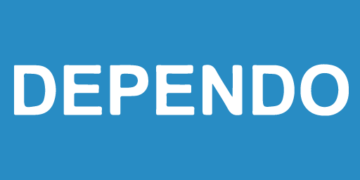As inkjet canvas continues to gain popularity in the fine art and photographic digital printing industry, the multitude of available brands and varieties will persist and eventually flood the market in an attempt to take advantage of this increasingly desirable consumable. Current market research shows that inkjet canvas is selling three times more than inkjet paper, which historically, has never been the case. This swing in market trends suggests that art consumers are impressed by the aesthetic appeal and novelty of digitally printed inkjet canvas as it is a relatively new, yet logical medium for fine art reproduction. As an entrepreneur running a printmaking business, selecting an inkjet canvas that will be the foundation for your reputation and long-term success amid the array of possibilities, can be a daunting if not impossible undertaking. Nevertheless, it is the responsibility of the printmaker to understand and test inkjet canvas to source the highest quality to ensure sustainable-revenue and the integrity for their business. Therefore the purpose of this article is to provide printmakers with the proper tools to evaluate inkjet canvas based upon empirical data and measurable attributes; in an attempt to produce higher-quality, more-archival, and ultimately more sellable fine art inkjet canvas prints.
In order to properly evaluate inkjet canvas for your printmaking business, several criteria must be evaluated and considered. This criterion can be broken down into four primary categories: aesthetic appeal, longevity, production/business practicality, and brand association. Testing multiple brands and types of inkjet canvas is the best thing you can do for your business, your customers, and the fine art industry as a whole. That being said, the first thing you will need to do to get started is purchase sample material from several leading inkjet canvas manufacturers.
Let this text be the guide or list to steer you tho’ the vital analysis method.
Aesthetic Appeal
This category has been listed above all others because it is the single most important factor for evaluating your primary, “house” inkjet canvas. The fact is that this is the fine art industry and whether you are the artist, a gallery owner, a publisher, or a printmaker, the ultimate universal goal is to sell art. Art is predominantly sold as a result of its aesthetic appeal and the emotional derivative of the image presentation. In other words, the better your prints look, the more your artists will sell, which will naturally result in more printing business. If the artists that you print for are confident that you are reproducing their work in the most visually appealing manner and this is reflected in their print sales, you can be sure they will continue to employ your services. On the other hand, if the artist decides to shop around or happens to come in contact with an alternative printmaker who is obviously producing superior inkjet canvas prints, the artist will be gone in an instant. The only way to be certain that you are producing the most visually appealing inkjet canvas prints, is to test several different inkjet canvases for color gamut, Dmax (optical density), resolution, texture, and weight. Let us carefully consider each of these attributes individually.
Color Gamut – during
this progressively competitive business merely providing nice color replica isn’t enough.
You need to offer the best color reproduction. Although precise color gamut measurement tools, such as a Colorimeter or spectrophotometer can and should be used if available, the naked eye is usually enough to distinguish a superior inkjet canvas.
Print a color target, which consists of several individual color patches, on each inkjet canvas that you are evaluating.
Use these targets to compare each individual color to determine which inkjet canvas produces the best color gamut. It is also recommended to print the same, colorful image on each inkjet canvas and see which produces the most vibrant colors.
Dmax – Dmax could be a live of most density of associate image’s color however additional specifically its black density.
Again, the most precise measurements can be taken with a densitometer, but the naked eye will suffice if this equipment is not available to you.
When discussing paper and inks, Dmax is commonly defined as the blackest black possible.
Black density is arguably the foremost discernible characteristic in evaluating the standard of ink, paper, inkjet canvas, and even printmakers themselves.
Therefore achieving the blackest black potential ought to be the foremost vital concern for each art creative person.
In this increasingly competitive industry, as with color gamut, offering great blacks is simply not enough. You need to offer the blackest blacks possible.
Resolution – This refers to the smallest discernable dots or pixels, commonly measured as dpi or dots per inch. In relation to fine art reproduction, it is a measurement of the “fineness” of detail in a printed image. Resolution is a crucially important attribute because without “fineness” and detail, image quality is compromised. No matter how accurate your colors are or how dense your black may be if the image appears blurry up close instead of clean and crisp, you will have significantly decreased your chances of selling that print as it will negatively affect its overall perceived value. This will inhibit the artist from obtaining true market-value for his/her work, which will cause you the printmaker to lose business to a competitor who uses a inkjet canvas with superior resolution. It should be noted that inkjet canvases with excessive texture can also compromise resolution and should be avoided.
The forceful peaks and valleys within the inkjet willvas texture can cause ink to “bleed”, or run, which can blur minute aspects of a written image.
Texture – The optimal texture of inkjet canvas is one that will exude a natural inkjet canvas look, without compromising resolution or reducing the amount of viewable angels in which the art can be appreciated. The latter is caused by any type of glossy finish on a highly textured inkjet canvas.
The result’s a “sparkling” have an effect on caused by lightweight reflective off of the shiny peaks and valleys of the rough inkjet canvas.
Sparkling inkjet canvas prints no longer take on the qualities of an original painting which causes art consumers to perceive them as cheap reproductions. In an industry driven by quality and aesthetic appeal, cheap reproductions won’t sell and will be detrimental to a printmakers’ reputation.
All in all, though a inkjet canvas may be a clear leader in color gamut, dmax, and resolution, it may have excessive texture which alone can compromise quality.
Therefore, printmakers should test for excessive texture. This can be accomplished in two ways. First, print images with extreme detail and look for a lack of image cleanliness and crispness up close.
Second, use a semi-glossy or shiny post-print protecting coating and appearance for sparkling once lightweight reflects off the coated surface.
It is important to keep in mind that texture is primarily a subjective attribute of which everyone will have a differing opinion. As a printmaker, it is wise to advise your clients to make a texture decision based upon objective information that will improve the sale-ability of their prints rather than attempt to source unique inkjet canvas textures to appeal to every artist’s personal preference.
Ajay Dalal is a content writer and a copywriter who specializes in writing marketing blog Technology and sales pages. He often writes for Canvas Prints and Dricki and explores new technologies, and shares his knowledge through writing.



